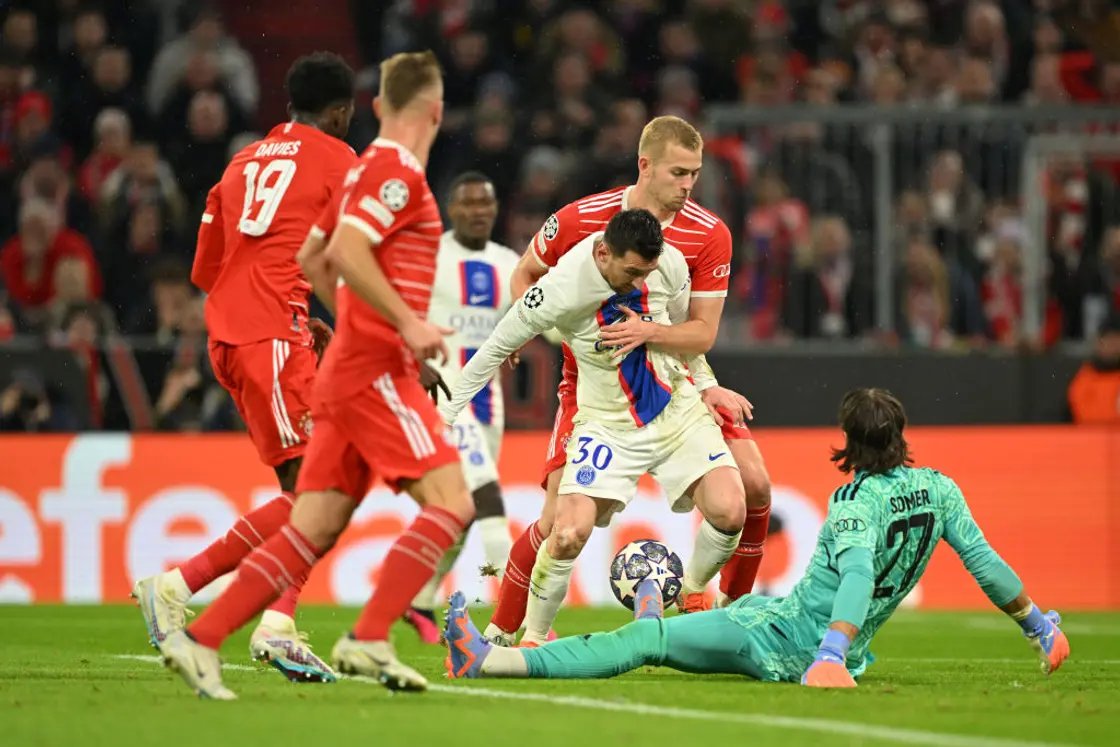Welcome, fellow soccer enthusiasts and curious minds alike, to our captivating exploration of one of the most debated questions in sports history: Is soccer truly a contact sport? Let’s kick off this enlightening journey together!
Definition of a contact sport and how contact sport applies to soccer
1. Definition of a Contact Sport
A contact sport is any physical activity or game in which the players intentionally come into bodily contact with one another. These sports are characterized by their high level of physicality and often involve tackling, pushing, and other forms of physical contact between players.
2. How it Applies to Soccer
Soccer is a popular team sport that has been played for centuries. It involves two teams, each consisting of 11 players, competing against each other to score goals by kicking a ball into the opponent’s net. While soccer may not seem like an obvious example of a contact sport due to its lack of body padding and protective gear, it does involve a significant amount of physical contact between players.
One major aspect that makes soccer a contact sport is its inherent physicality. Players are constantly running, jumping, and colliding with each other as they compete for control of the ball. These actions can lead to unintentional collisions between players, resulting in bumps and bruises.
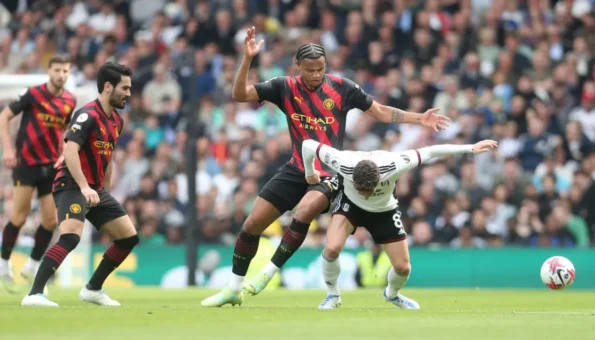
However, there are also deliberate forms of physical contact allowed in soccer. One such example is tackling – when a player tries to take control of the ball from their opponent by legally using their body to intercept or dispossess them. This form of physicality requires strength and agility on the part of both players involved and can sometimes result in injury if not executed properly.
Another common form of intentional physical contact in soccer is shoulder-to-shoulder challenges. This occurs when two players are competing for space or attempting to gain possession of the ball, and they use their shoulders to jostle or bump each other. While this is a legal and accepted form of physical contact in soccer, it can still result in players falling and potentially getting hurt.
Understand the rules and regulations of soccer regarding physical contact
Soccer is a highly competitive sport that requires physicality and agility from its players. Therefore, it is not surprising that physical contact is an integral aspect of the game. However, there are specific rules and regulations in place to ensure player safety and fair play. In this section, we will discuss the various guidelines set by soccer governing bodies such as FIFA and local leagues regarding physical contact in the game.
1. Fouls and Misconducts
In soccer, any intentional or reckless physical contact with an opponent is considered a foul. According to FIFA’s Laws of the Game, a foul is defined as “an unfair action committed by a player towards an opponent or the opposing team in general.” This includes charging into an opponent, pushing, holding, tripping, or kicking them.
Players can also be penalized for misconduct if they behave violently or use excessive force against their opponents. This includes actions like elbowing, headbutting, spitting at someone, or using offensive language on the field.
2. Penalties for Physical Contact
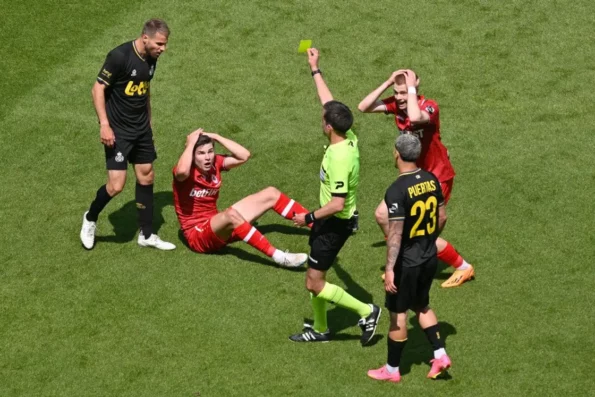
There are various penalties associated with fouls and misconducts in soccer. The severity of the offense determines what punishment will be given to the player. For example:
– A direct free kick: awarded if a player commits a foul outside their own penalty area.
– Indirect free kick: awarded if a player commits certain technical fouls such as obstruction without making contact with an opponent.
– Yellow card: given to a player for a reckless or dangerous foul.
– Red card: given to a player for violent conduct, serious foul play, or excessive misconduct. A red card results in immediate ejection from the game and can lead to further disciplinary action from the league.
– Penalty kick: awarded if there is a foul inside the defender’s penalty area.
3. The Use of Physical Contact
While physical contact is an inevitable part of soccer, it is essential to understand that not all forms of contact are considered fouls. Players are allowed to use their body to shield the ball or gain possession as long as they do not use excessive force or endanger their opponents’ safety.
Additionally, players can also make shoulder-to-shoulder contact when competing for space or challenging for the ball. This type of physical contact is acceptable as long as it does not result in a reckless or dangerous tackle.
Analyzing popular misconceptions about soccer being a non-contact sport
Soccer is a game that requires skill, agility, and teamwork to score goals and ultimately win the match. However, there are still some misconceptions surrounding this beloved sport, one of them being that soccer is a non-contact sport.
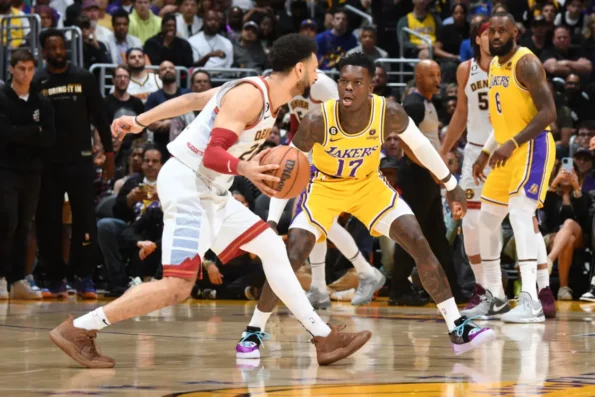
Many people believe that soccer is a gentle sport with minimal physical contact between players. They often compare it to sports like basketball or American football where physicality is a fundamental aspect of the game. This belief leads to the misconception that soccer does not involve much contact among players.
However, if we take a closer look at the rules and regulations of soccer, it becomes evident that this misconception is far from reality. In fact, FIFA, the governing body of soccer worldwide, clearly states in their rulebook that “contact between players is allowed within the normal course of play.” This means that contact between players during challenges for possession or duels for the ball is considered an essential part of the game.
Moreover, if we observe closely during any professional soccer match, we can see numerous instances where players come into physical contact with each other. For example, while tackling for the ball or trying to shield it from opponents’ reach, there are bound to be collisions between players. These collisions may seem incidental but are an integral part of how the game progresses.
Examining the frequency and severity of injuries in soccer compared to other contact sports
While soccer may seem like a relatively safe and non-contact sport, there has been much debate over whether soccer should be classified as a contact sport due to the physical nature of the game. In this section, we will examine the frequency and severity of injuries in soccer compared to other contact sports.
1. Frequency of Injuries
According to various studies, soccer has consistently ranked among the top sports with high injury rates.
A study published by The American Journal of Sports Medicine found that out of 1,000 hours of play, there were an average of 8-10 injuries reported in male soccer players and 6-7 injuries in female players. This puts soccer ahead of other contact sports such as basketball and volleyball, which have reported rates ranging from 4-5 injuries per 1,000 hours.
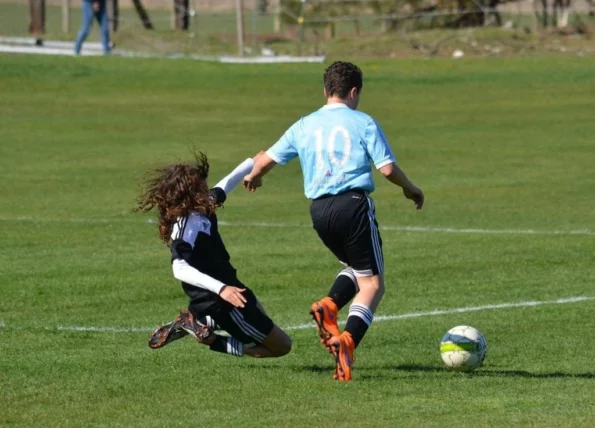
Moreover, another study by The National Center for Biotechnology Information (NCBI) found that soccer accounted for approximately 40% of all sports-related injuries among children aged 5-14 years old. This further emphasizes the high frequency of injuries in this sport.
2. Severity of Injuries
In terms of severity, while most soccer injuries are minor such as sprains or strains, there are also significant risks involved. For instance, head collisions and falls are common in soccer and can lead to concussions or other head injuries. A study published by The Journal of Athletic Training found that 22% of all soccer injuries among high school players were concussions.
Additionally, the nature of the sport requires players to use their feet frequently, making them vulnerable to foot and ankle injuries. These types of injuries can be particularly severe and may require surgery or long-term rehabilitation.
3. Comparison with other Contact Sports
In comparison to other contact sports, soccer has been found to have a higher rate of injuries than sports such as basketball, volleyball, or swimming. However, it is important to note that the severity of these injuries may vary depending on the sport.
For instance, football has a higher rate of catastrophic injuries such as spinal cord injuries compared to soccer due to the physical contact involved in tackling. On the other hand, soccer has a higher rate of lower limb injuries compared to sports like basketball which involve more upper body movements.
Conclusion
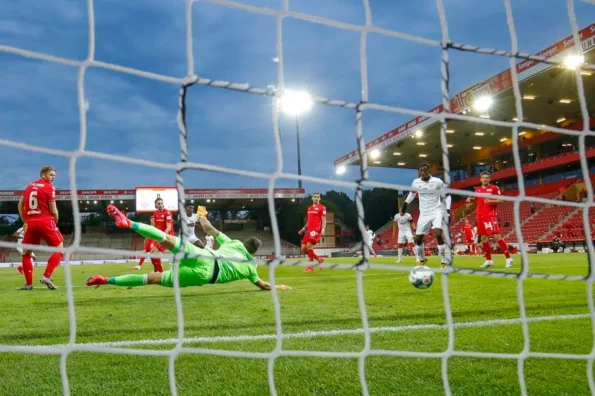
While soccer may not be considered a traditional contact sport like football or hockey, it still involves physical contact and collisions between players. While this adds to the excitement of the game, it also means that there is a risk for injuries. However, with proper training and safety measures in place, soccer can continue to be enjoyed as a sport that combines both skill and physicality.
FAQs
A contact sport is any athletic activity where physical contact between players is expected and allowed. One example of a popular contact sport is American football, where players regularly engage in collisions and tackles with each other. Other examples include rugby, boxing, and ice hockey.
Acceptable contact in soccer includes shoulder-to-shoulder challenges while going for the ball, using your body to shield the ball from an opponent, and making minimal contact while attempting to take possession of the ball.
Soccer is a popular team sport that involves two teams of eleven players. It is a fast-paced and physical game that requires skill, strategy, and teamwork.
